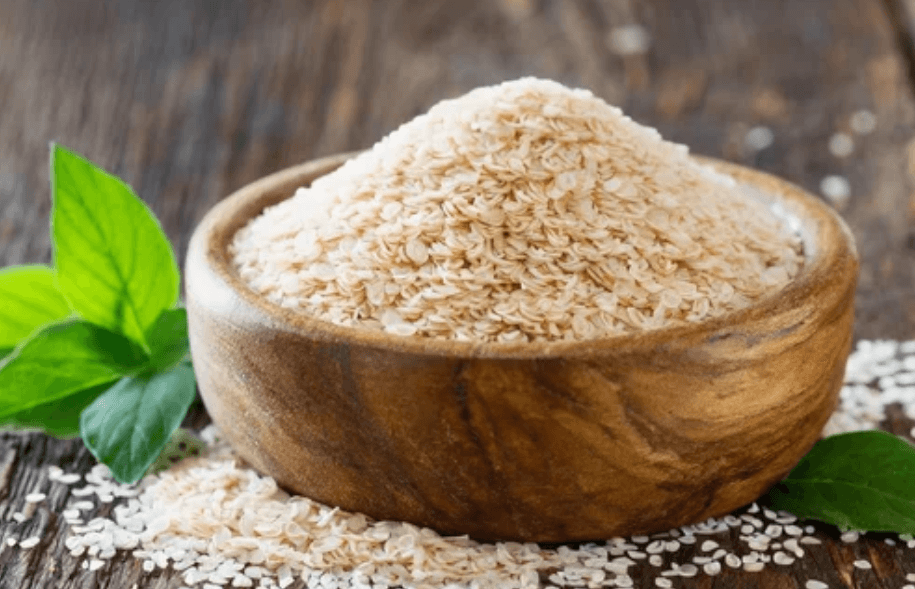Gluten-free grains are increasingly popular due to their health and sustainability benefits. The global market for these grains is expected to exceed $2 billion by 2025, with high demand in North America and Europe. These grains improve digestion, boost energy, and provide essential vitamins and minerals while being allergen-free. Sourcing them globally can reduce costs, support local farmers, and offer diverse options.
Discover the Variety
Gluten-free grains offer a diverse range of options to suit various tastes and dietary needs. Choices include:
- Rice: A staple in many cultures and a reliable gluten-free option.
- Quinoa: High in protein and fiber, perfect for a nutritious meal.
- Amaranth: Rich in calcium, iron, and plant-based protein.
- Millet: High in fiber, making it a great gluten-free choice.
- Teff: Also high in calcium and iron, and a good source of plant-based protein.
These grains are not only nutritious but also versatile, fitting into salads, soups, and side dishes. Available in grocery and health food stores, as well as online, they offer an easy way to incorporate gluten-free options into your diet.
Global Sources
As demand for gluten-free products grows, so does the need for gluten-free grains globally. Numerous sources offer these grains both domestically and internationally:
- North America: The U.S. and Canada are key producers. The U.S. offers rice, quinoa, amaranth, millet, and teff, while Canada focuses on quinoa, amaranth, and millet.
- South America: Brazil, Peru, and Argentina are major suppliers, especially of quinoa, amaranth, and teff.
- Europe: France, Italy, and Germany produce significant quantities of rice, quinoa, and millet.
- Asia: China, India, and Japan are leading producers of rice, quinoa, and millet.
- Africa: Ethiopia, Kenya, and Nigeria are key sources for millet, teff, and sorghum.
With such a range of options worldwide, finding both domestic and international sources for gluten-free grains is more accessible than ever.
Challenges in Global Market
Purchasing gluten-free grains on a global scale involves several challenges. Quality control can be a major issue, as verifying that grains are genuinely gluten-free is complicated by differing international regulations and standards. Additionally, gluten-free grains are typically more expensive than their gluten-containing counterparts, and costs can escalate further with international shipping.
Availability also poses a challenge, with some gluten-free grains being harder to find, especially specific varieties from particular regions. To address these challenges, buyers should conduct thorough research and select dependable suppliers to ensure they obtain gluten-free grains that are both high-quality and cost-effective.
Conclusion
The growing global market for gluten-free grains reflects their health benefits and wide variety. Despite challenges in quality, cost, and availability, thorough research can help buyers find reliable sources. Overall, the benefits of global sourcing make it a valuable option for those seeking gluten-free grains.




